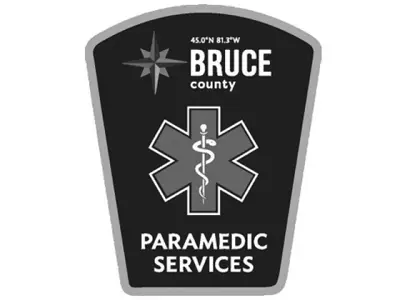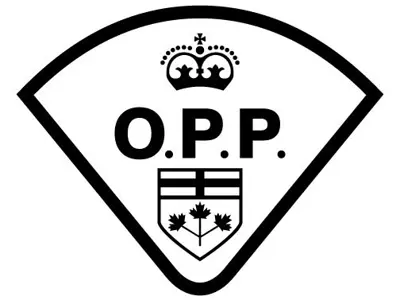Fire and Emergency
The best thing you can do for an emergency is to be prepared.
Remember, in an emergency, always call 9-1-1.
Emergency services in the Municipality of Kincardine are here to support you.
Kincardine Fire and Emergency Services
The Kincardine Fire and Emergency Services team are proud to protect their community from fire, life-threatening emergencies, and dangerous conditions.
The Fire Chief, Fire Prevention Officer, and Administrative Assistant are all full-time staff. They're backed-up by a team of 48 volunteer firefighters - all members of the community they're serving.
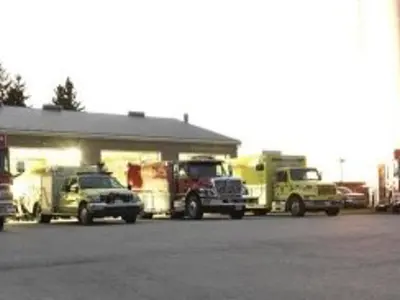
Tiverton Station 11
15 McLaren Street in Tiverton.
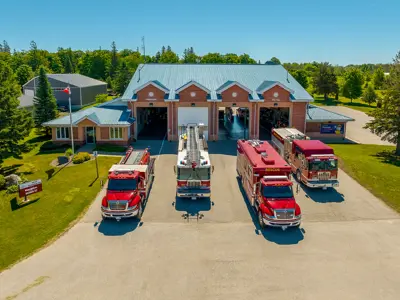
Kincardine Station 12
127 Mahood Johnston Drive, Kincardine.
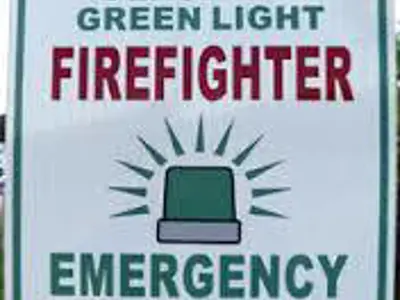
Flashing green lights
No matter what community you're in, a flashing green light means you need to yield the right of way to let volunteer firefighters safely pass.
Ever Alert
Vision Statement
Kincardine Fire and Emergency Services strives for excellence in emergency preparedness and response to protect lives, property, and the environment.
Mission Statement
To stand "Ever Alert" and provide fire suppression, prevention, education, rescue services, and emergency medical care.
We will faithfully provide these vital services, promptly and safely, to any person who resides in, works in, or visits the Municipality of Kincardine.
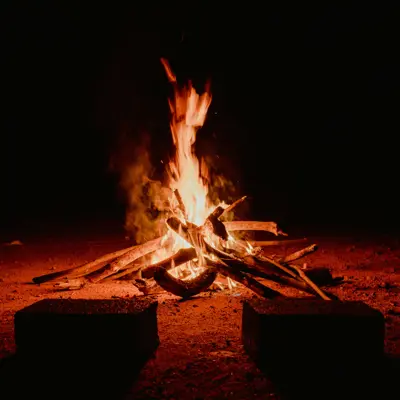
You need a permit before you burn
Don't forget that in the Municipality of Kincardine, a burn permit is required for ALL burning.
The Municipality of Kincardine's Burning By-law regulates burning in the community. There are four categories of burning:
- Recreational Burning - For Residential & Non-Residential Areas
- Open Air Burning (Brush) - For Non-Residential Areas Only
- Agricultural Burning - Contact Fire Department
- Special Occurrence Burning - Contact Fire Department
Connect and subscribe
Discover how you can connect with us and stay up-to-date on activities, events, programs, and operations through our subscription services.

